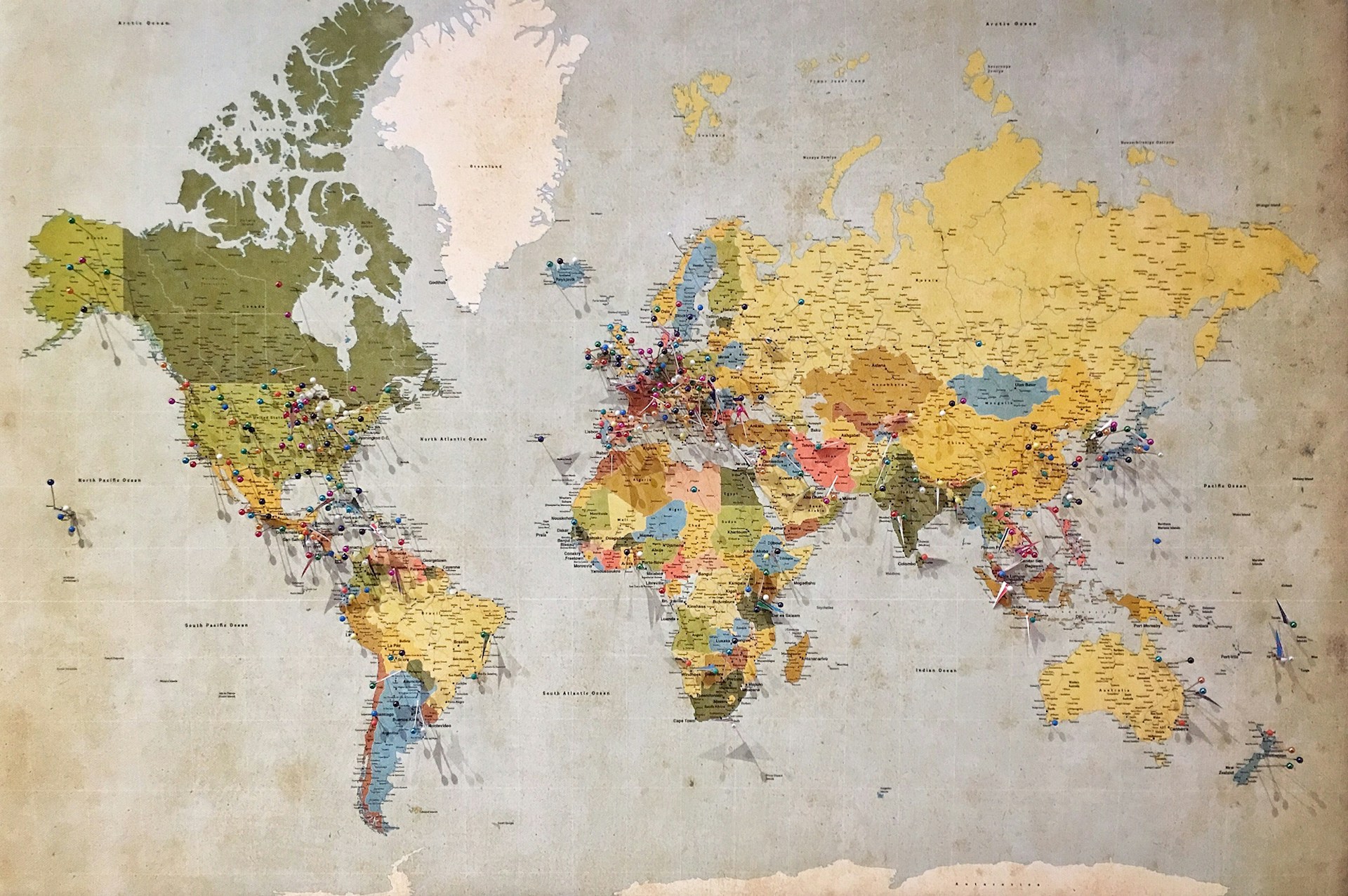Printing Machinery: how to find the most promising export markets?
An analysis by segments and countries, using the new "Import Development Stage" indicator
Published by Marcello Antonioni. .
Development stage of Imports Metal industry Industrial equipment International marketing Marketselection Conjuncture Export markets Foreign market analysisThe 2024 final data on world trade flows confirm the difficulties in international sales of Printing Machinery1: last year, according to data from Datamart Ulisse ExportPlanning, world trade in the sector stood at around 4.5 billion euros (-3.3% compared to 2023), at levels similar to those before the pandemic (2019), but almost 49 percentage points lower (effectively halved) than the historical maximum point (8.8 billion euros) in 2006.
It is therefore a particularly selective international framework, which requires exporting companies in the sector the ability to identify the best growth opportunities.
Printing Machinery:
which segments and markets are experiencing Growth?
With the recent update of the Market Selection-ExportPlanning tool, a new sectoral indicator called “Import Development Stage” has been introduced, which is able to classify each country in one of the three phases of the import life cycle of a specific product: Latency, Growth and Saturation2.
This indicator is particularly useful for companies that are interested in expanding, diversifying and optimizing their export destinations, as it allows them to identify those markets in which the imports of a given product are in a phase of structural growth.
A segment of the Printing Machinery sector in a significant expansion phase is that of Flexographic Printing Machines3. As illustrated by the graph below, in the most recent period the world trade of Flexographic Printing Machines has consolidated historical maximum levels (over one billion euros), largely higher (around +70%) than those of the last decade.
Such a performance of the segment is attributable, in particular, to as many as 19 global markets in the Growth phase with reference to the imports of Flexographic Printing Machines, as documented in the table below, for a total value of imports in 2024 equal to 208.5 million euros.
The most relevant markets in the Growth phase in terms of import value are, in order, those of Turkey (51.2 million euros in 2024), Brazil (38.0 M €), Italy (23.4 M €), Algeria (22.3 M €), South Korea (20.2 M €), Saudi Arabia (20.1 M €) and Malaysia (12.0 M €).
Printing Machinery:
Number of Growing Markets and their Value of Imports
| Number of markets |
Imports 2024 (millions €) |
|
| Flexographic Printing Machines | 19 | 208.5 |
|---|---|---|
| Rotogravure Printing Machines | 16 | 7.1 |
| Fabric Printing Machines | 7 | 7.2 |
| Office Printers | 8 | 4.6 |
| Offset Printing Machines | 3 | 7.1 |
Source: StudiaBo processing on ExportPlanning database
Another segment of the Printing Machinery sector that shows a significant presence of markets (16) in a growth phase is that of Rotogravure Printing Machines. However, the relevance of these markets is overall limited in terms of the value of imports (just 7.1 million euros), indicating that the growth opportunities in this segment appear to come from markets that are still relatively small in size, such as - above all - Angola (2.1 million euros) and Ghana (1.5 M €).
The other segments of the Printing Machinery sector considered (Offset Printing Machines, Fabric Printing Machines, Office Printers) show, finally, a limited presence of markets in the Growth phase, with an overall limited contribution - in terms of the value of imports - to the growth performance of the segments.
Conclusions
The use of the ExportPlanning's Import Development Stage indicator can help to highlight the greatest opportunities for exports of a particular sector, at segment and market level.
In particular, the usefulness of this indicator is evident in contexts in which, as in the case of Printing Machinery, the sector has been experiencing overall unfavorable global trade dynamics for some time.
1) See here the related description table.
2) There are also two other categories: one called “Other” which includes markets that, for a given product, do not have sufficiently clear characteristics to be assigned with certainty to one of the three phases. The other is “Unclassified” which includes countries that, for a given product, do not have sufficient data available on imports or GDP. For further information on the methodology used to build the indicator, you can refer to the article: Market selection: the new "Import Development Stage" indicator to discover the most promising export markets.
3) See here the related description table.


